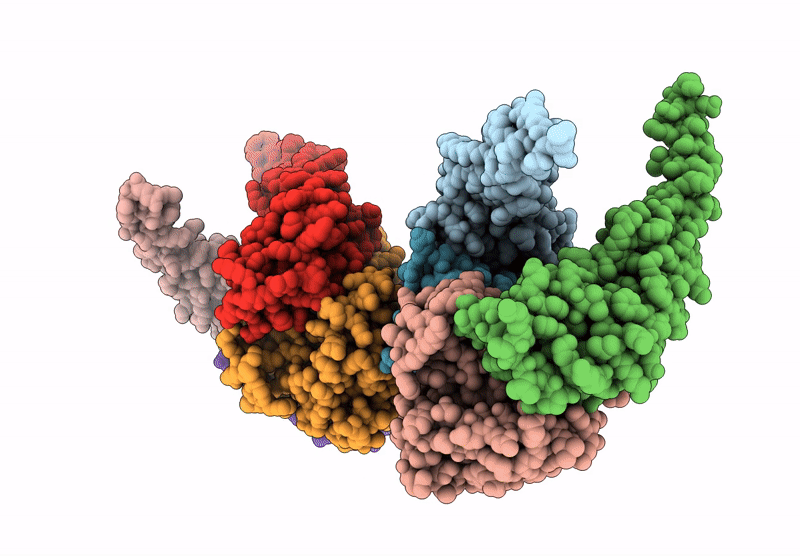
Deposition Date
2025-01-07
Release Date
2025-06-11
Last Version Date
2025-08-27
Method Details:
Experimental Method:
Resolution:
2.60 Å
R-Value Free:
0.24
R-Value Work:
0.21
R-Value Observed:
0.21
Space Group:
P 21 21 21


